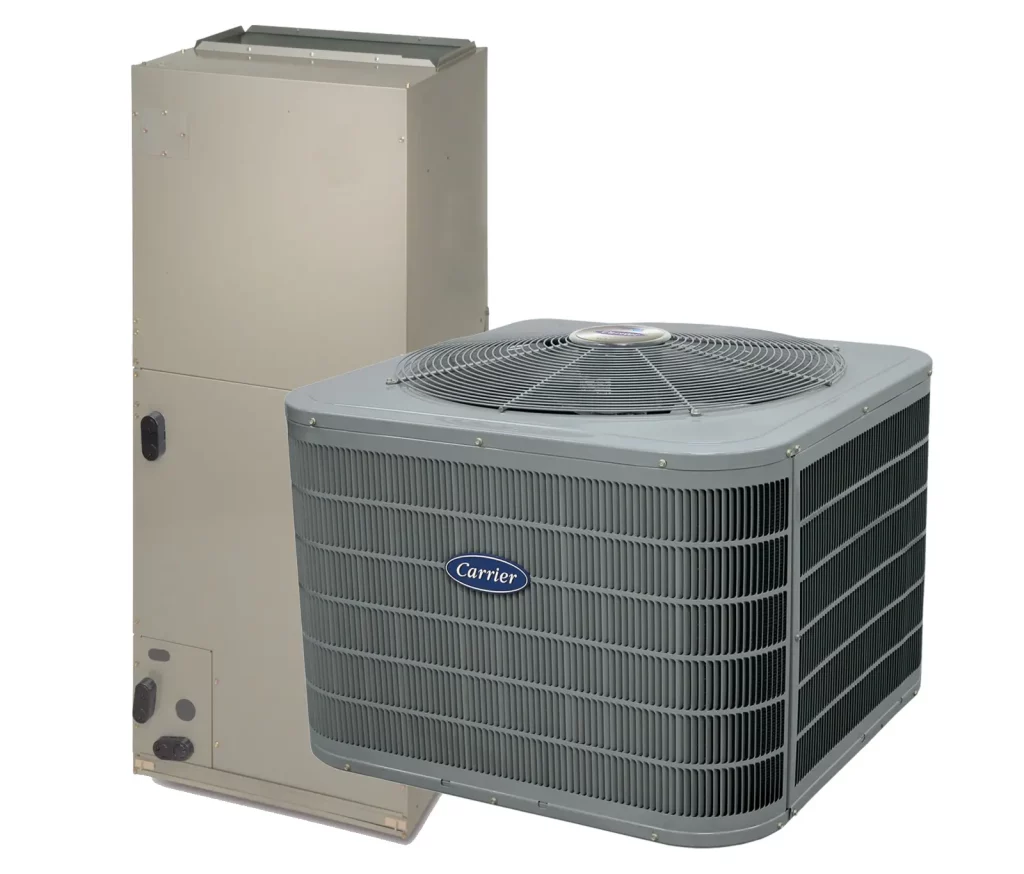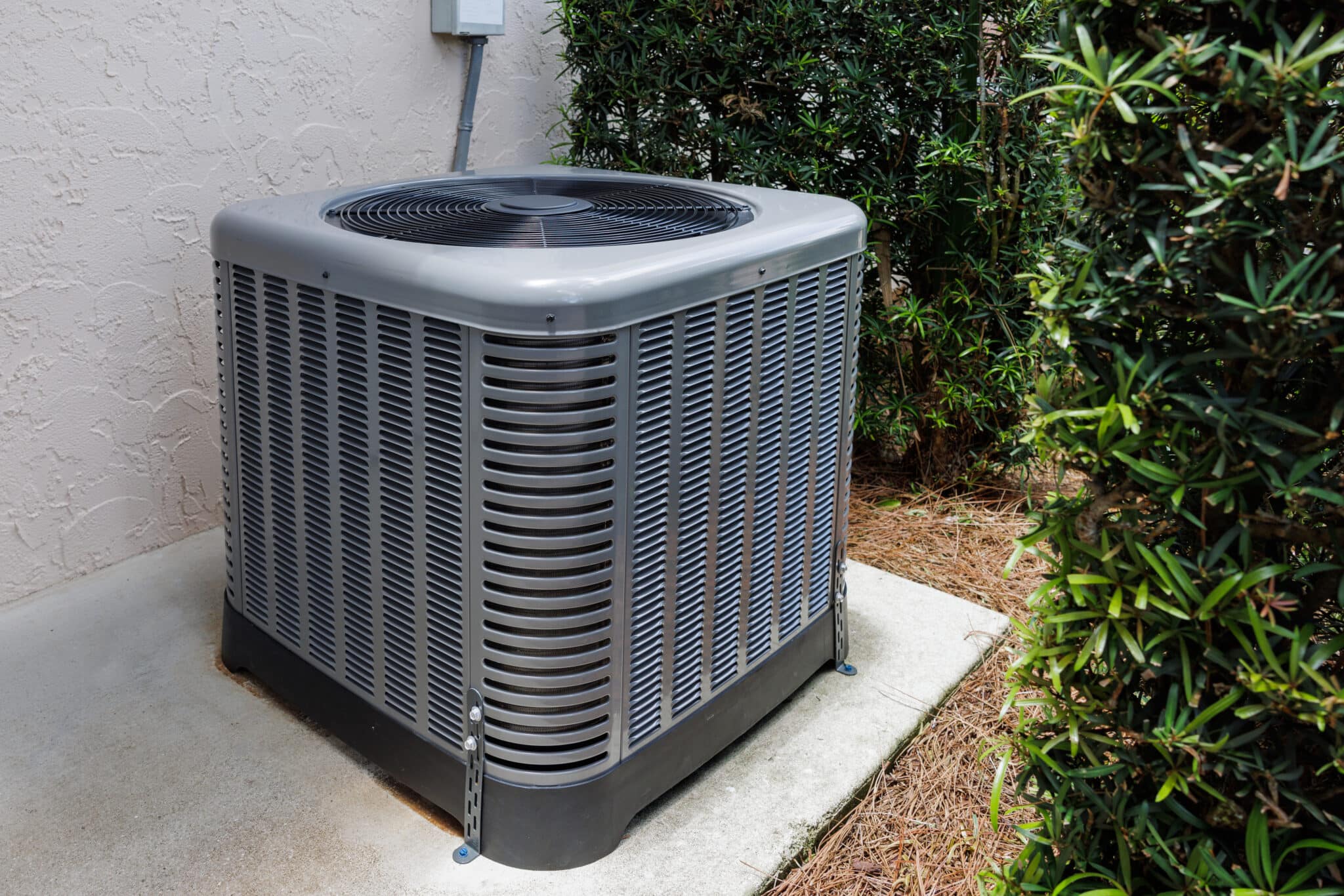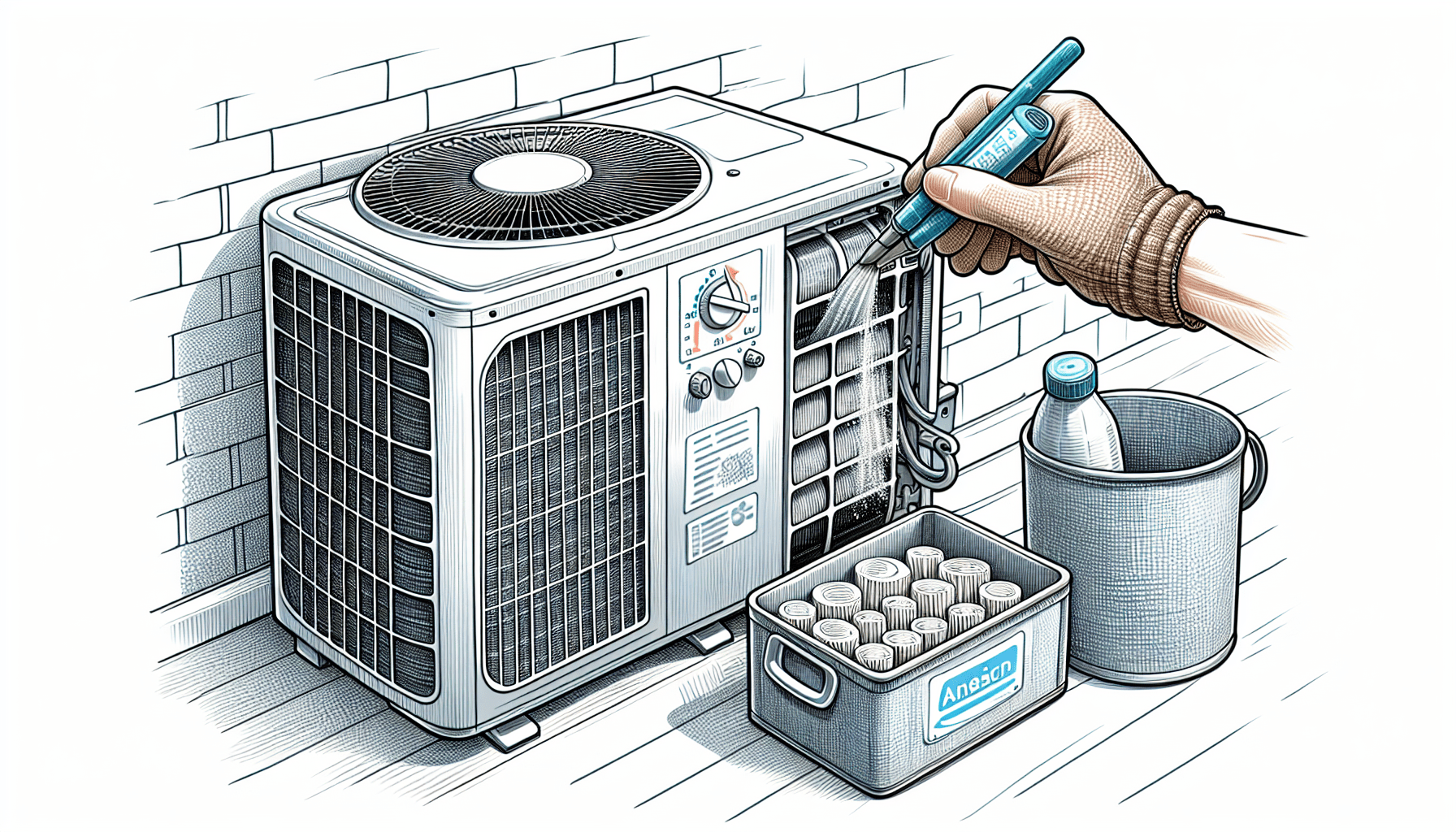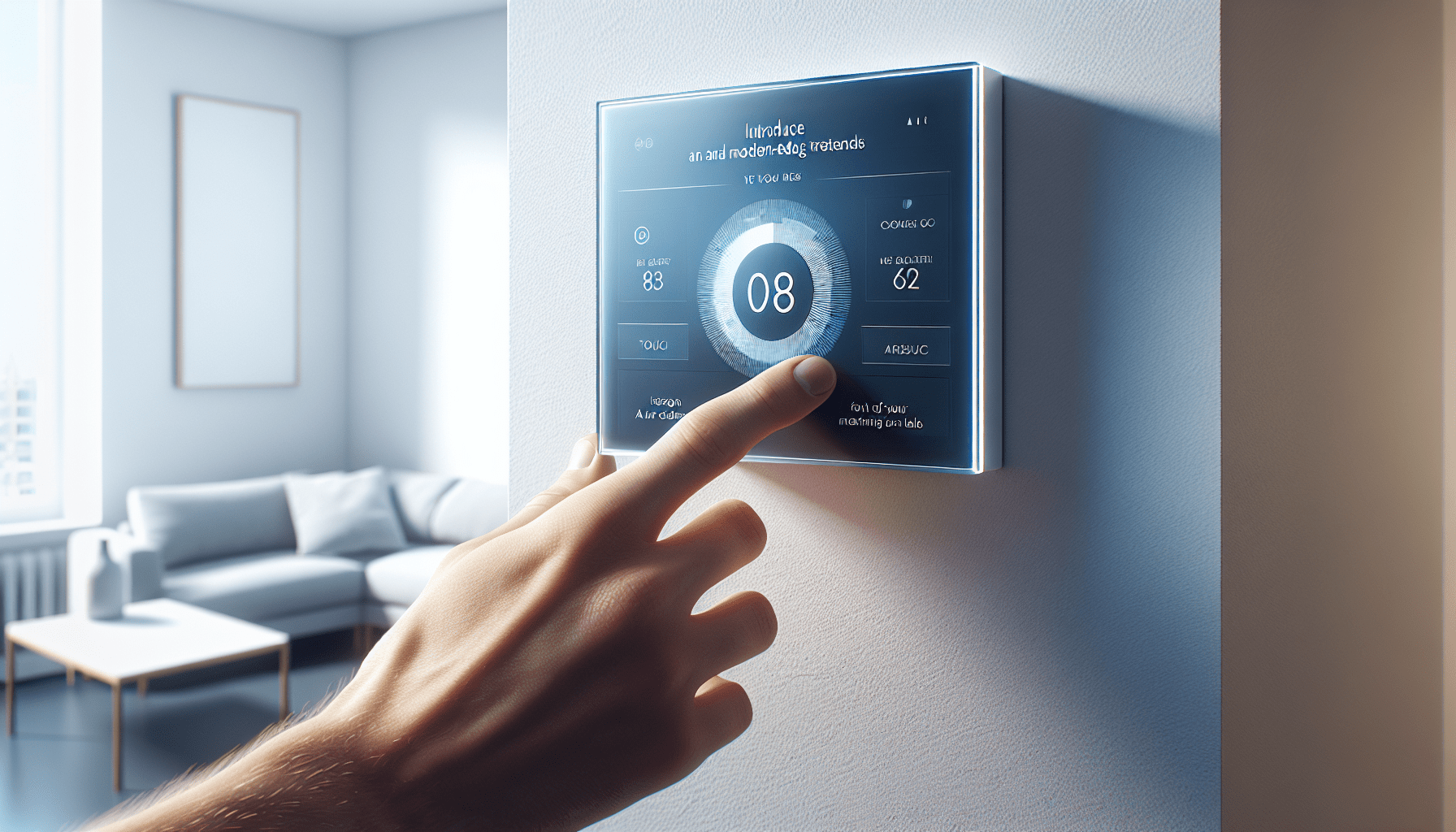If you’ve found yourself in need of replacing your 2.5 ton AC unit, you might be wondering just how much it will cost you. In this article, we’ll explore the factors that can impact the cost of replacing your AC unit and provide you with an estimate of what you can expect to pay. From the size of your unit to the complexity of the installation, we’ll help you navigate the world of AC replacement costs and make an informed decision. So, get ready to dive into the world of AC unit replacement and discover what it might mean for your wallet.

Factors Affecting the Cost
Brand and Model
The brand and model of the AC unit you choose can have a significant impact on the overall cost. Well-known and reputable brands often come with a higher price tag due to their quality and reliability. Additionally, certain models may have more advanced features or technology, which can also drive up the cost.
Size and Tonnage
The size and tonnage of the AC unit you need will depend on the square footage of the area you want to cool. A larger space will require a larger and more powerful unit, which can result in higher costs. It’s important to accurately calculate the cooling needs of your space to avoid overspending on a unit that is larger than necessary.
Efficiency Rating
The efficiency rating of an AC unit is measured by its Seasonal Energy Efficiency Ratio (SEER). A higher SEER rating indicates a more energy-efficient unit, which can result in lower energy bills over time. However, units with higher SEER ratings tend to be more expensive upfront. It’s important to consider the long-term energy savings when determining whether to invest in a higher efficiency unit.
Installation Requirements
The installation requirements for your new AC unit can also impact the overall cost. Factors such as the accessibility of the installation site, the complexity of the ductwork, and any additional modifications needed can all contribute to the installation cost. It’s recommended to consult with a professional HVAC contractor to assess your specific installation requirements and determine the associated costs.
Price Range
Low-End Units
Low-end AC units typically come with a lower initial cost, making them more budget-friendly. However, they may lack some of the advanced features and energy efficiency of higher-end units. While low-end units can meet basic cooling needs, they may not provide the same level of comfort or longevity as more expensive options.
Mid-Range Units
Mid-range AC units offer a balance between cost and features. They provide a good combination of efficiency and reliability without breaking the bank. These units typically come with a moderate initial cost and offer a reasonable level of performance. They are a popular choice for homeowners who want a reliable AC unit that falls within a reasonable price range.
High-End Units
High-end AC units are the top-of-the-line options that come with a higher price tag. These units often feature the latest technology, advanced controls, and highest SEER ratings. While they can be more expensive upfront, they offer superior performance, energy efficiency, and comfort. High-end units are ideal for those who prioritize top-notch features and are willing to invest in long-term savings.
Cost Breakdown
AC Unit Cost
The cost of the AC unit itself is a major component of the overall cost. This cost will vary depending on factors such as the brand, model, size, and tonnage. As mentioned earlier, high-end units tend to be more expensive, while low-end units come with a lower price tag. It’s important to find the right balance between cost and quality when selecting an AC unit.
Installation Cost
The installation cost includes the labor and materials required to set up the new AC unit. This cost can vary depending on the complexity of the installation, any necessary modifications to existing ductwork, and the location of the installation site. It’s crucial to hire a professional HVAC contractor with experience in AC installations to ensure proper and efficient installation.
Average Cost
National Average
The national average cost to replace a 2.5-ton AC unit ranges from $3,000 to $7,500. However, it’s essential to note that this is a general estimate, and the actual cost can vary depending on the factors mentioned earlier. To get an accurate estimate, it’s recommended to consult with HVAC contractors in your area who can assess your specific requirements and provide a detailed cost breakdown.
Regional Variations
The cost of replacing a 2.5-ton AC unit can also vary by region. Factors such as supply and demand, local labor costs, and climate conditions can impact prices. It’s advisable to research the average costs in your specific region and gather multiple quotes from local contractors to compare prices and ensure you’re getting a fair deal.

Additional Costs
Ductwork Replacement
In some cases, replacing an AC unit may require replacing or modifying the existing ductwork. If your ductwork is old, damaged, or not compatible with the new unit, additional costs will be incurred. Ductwork replacement can range from a few hundred to a few thousand dollars, depending on the extent of the work needed. It’s important to assess the condition of your ductwork and include any necessary replacements in your overall cost considerations.
Thermostat Upgrade
While upgrading your thermostat is not always necessary when replacing an AC unit, it can be a worthwhile investment. A newer thermostat with advanced features and programmable settings can enhance energy efficiency and comfort, potentially resulting in long-term cost savings. The cost of a thermostat upgrade can range from $50 to $250, depending on the model and features you choose.
Permits and Inspections
Before installing a new AC unit, certain permits and inspections may be required by your local building department. These additional costs can vary depending on your location and the specific requirements of your region. It’s essential to check with your local authorities to determine any necessary permits or inspections and factor these costs into your budget.
DIY vs Professional Installation
Pros of DIY Installation
- Cost Savings: DIY installation can potentially save you money on labor costs.
- Learning Experience: Installing an AC unit yourself can be a valuable learning opportunity and give you a sense of accomplishment.
- Flexibility: DIY installation allows you to work on your own schedule and at your own pace.
Cons of DIY Installation
- Lack of Expertise: Without proper knowledge and experience, DIY installation can lead to mistakes and potential damage to the unit or your home.
- Warranty Concerns: Some manufacturers may require professional installation to maintain the warranty of the AC unit.
- Safety Risks: AC units involve electrical and refrigerant components, which can pose safety hazards if not handled correctly. Professional installers have the necessary expertise to ensure safety during the installation process.
Pros of Professional Installation
- Expertise and Experience: Professional HVAC installers have the necessary knowledge and skills to install the AC unit correctly.
- Time and Efficiency: Professionals can complete the installation more quickly and efficiently, saving you time and potential frustration.
- Warranty Protection: Professional installation often ensures that your warranty remains valid, providing peace of mind.
Cons of Professional Installation
- Higher Cost: Hiring professionals for installation can add to the overall cost, especially if extensive modifications or additional work is required.
- Scheduling Restrictions: Depending on the availability of HVAC contractors, you may need to wait for an appointment that fits their schedule.

Tips for Cost Saving
Seek Multiple Quotes
To ensure you’re getting the best price, it’s recommended to gather multiple quotes from reputable HVAC contractors. This allows you to compare prices, services offered, and warranties and choose the option that best fits your budget and needs.
Consider Energy Efficiency
While more energy-efficient AC units may have a higher upfront cost, they can lead to significant savings on your energy bills in the long run. Consider the long-term cost benefits of higher efficiency units and balance them against the initial investment.
Take Advantage of Promotions and Rebates
Keep an eye out for promotions, discounts, and rebates offered by manufacturers or local utility companies. These incentives can help reduce the cost of both the AC unit and installation, making it more affordable.
Maintain Your AC Unit Properly
Regular maintenance and proper care can extend the lifespan of your AC unit and ensure optimal performance. Simple tasks like cleaning or replacing filters, clearing debris around the outdoor unit, and scheduling annual professional maintenance can help prevent costly repairs and premature replacement.
Conclusion
Replacing a 2.5-ton AC unit is a significant investment, and there are various factors that can affect the overall cost. The brand, model, size, and tonnage of the unit, as well as the efficiency rating and installation requirements, all contribute to the total price. It’s important to carefully consider your specific needs, budget, and long-term cost savings when selecting an AC unit and deciding whether to opt for DIY installation or hire a professional. By following the provided tips and doing thorough research, you can make an informed decision that ensures optimal cooling performance and comfort for years to come.






